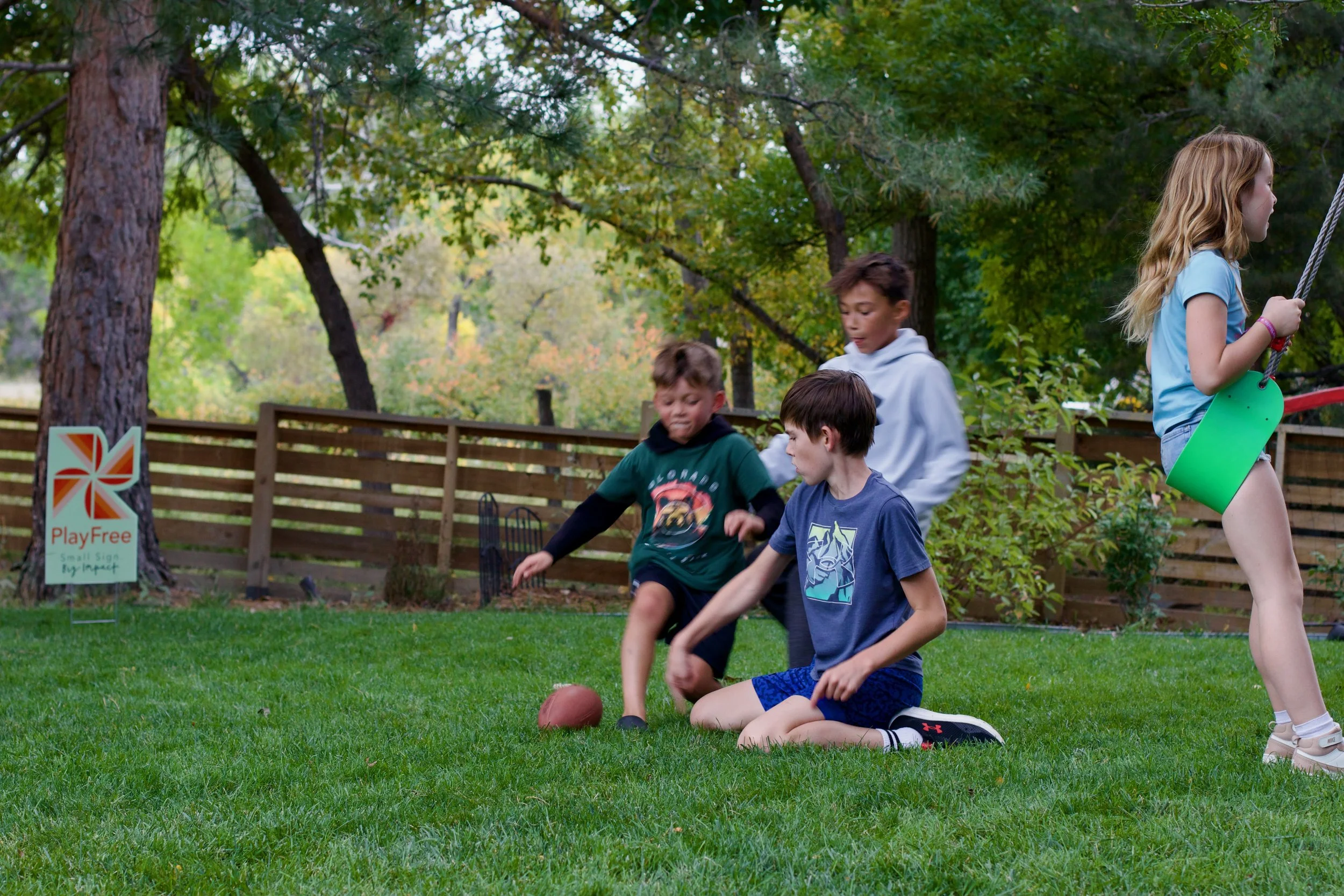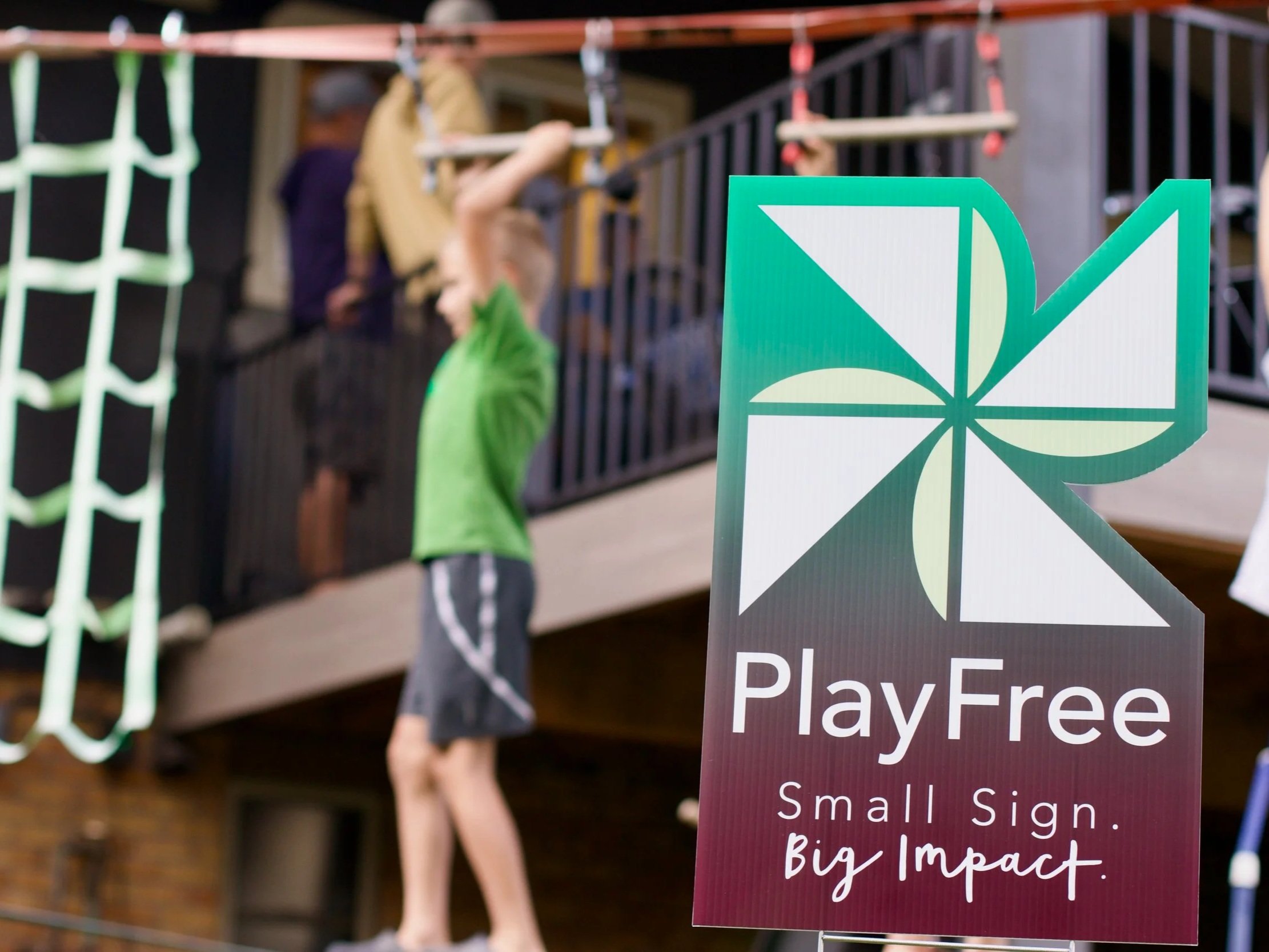
AI, Memory, and the Cognitive Tradeoff
The Real-Life Question
“My child is using ChatGPT to help with homework—is that okay? Should I be worried they’ll stop thinking for themselves?”
It’s a great question. Tools like ChatGPT, Alexa, and other AI helpers are showing up in kids’ lives faster than most of us can keep up. They can be brilliant for learning, but they also come with tradeoffs. Research now shows that convenience can quietly come with a cost.
The PlayFree Perspective
We see AI as a tool—one that can either enhance learning or quietly replace it.
Recent studies are showing a clear pattern:
Students who rely heavily on AI show lower engagement and weaker memory recall over time.
A 2025 brain-imaging study found that students depending on ChatGPT had less neural activity and struggled to recall their own work later—a phenomenon called cognitive debt (Kosmyna et al., 2025).
A 2024 survey linked frequent ChatGPT use to self-reported memory gaps and lower academic performance (Abbas et al., 2024).
In a follow-up experiment, students who studied with AI scored worse on a surprise retention test 45 days later, compared to those who learned without it (Barcaui, 2025).
What’s happening?
AI lets us skip the mental heavy lifting, which feels great in the moment—but that “strain” is actually how the brain grows and retains information.
Still, that doesn’t mean AI is bad. Used well, it can help kids think more deeply. One Nature study found that students working with an AI tutor learned more efficiently and were more engaged than those using traditional methods. Even ChatGPT’s “Study Mode” is designed to ask guiding questions instead of giving quick answers, prompting kids to reason rather than just copy.
The takeaway: AI can teach beautifully, but only if kids eventually take back the thinking themselves.
Try this at home…
Ask them to explain it back.
After AI gives an answer, have your child rephrase or summarize it in their own words. This builds retention and comprehension.
Turn “ask and repeat” into a habit.
If they ask Alexa or ChatGPT how to spell a word, ask them to spell it again on their own later that day.Track progress.
Keep a small notebook or whiteboard where you mark each time your child can solve a problem without help, and celebrate that independence.Talk about how learning feels.
Normalize the discomfort of thinking hard: “Your brain’s working. That’s how it gets stronger.”Model healthy use.
Let kids see you using AI as a tool for brainstorming or fact-checking, but not for every decision or idea.
When used thoughtfully, AI becomes a partner in curiosity rather than a replacement for it.
“AI can teach beautifully, but only if kids still do the thinking themselves.”
The Bigger Picture:
This is what PlayFree is all about: giving families the confidence to navigate modern technology with intention, balance, and curiosity.
Every parent who sets thoughtful limits or uses new tools with awareness helps other families do the same. Together, we’re building a culture where children can think, play, and grow with confidence—in both the real world and the digital one.
Want to keep encouraging balance? A PlayFree sign in your yard reminds others that healthy tech use starts at home—and grows through community.
References
Abbas, M., Waseem, M., & Zhang, H. (2024). Is it harmful or helpful? Examining the causes and consequences of generative AI usage among university students. International Journal of Educational Technology in Higher Education, 21(9).
Wang, Q., & Fan, J. (2025). The effect of ChatGPT on students’ learning performance, learning perception, and higher-order thinking: Insights from a meta-analysis. Humanities and Social Sciences Communications, 12(1).
Kestin, G., et al. (2025). AI tutoring outperforms in-class active learning. Scientific Reports, 15(1).
Fenech, M., & Neal, A. (2024). AI tools in society: Impacts on cognitive offloading and the future of critical thinking. Societies, 14(1), 6.
Al-Maroof, R. S., & Alhumaid, K. (2024). The effects of over-reliance on AI dialogue systems on students’ cognitive abilities: A systematic literature review. Smart Learning Environments, 11(15).

